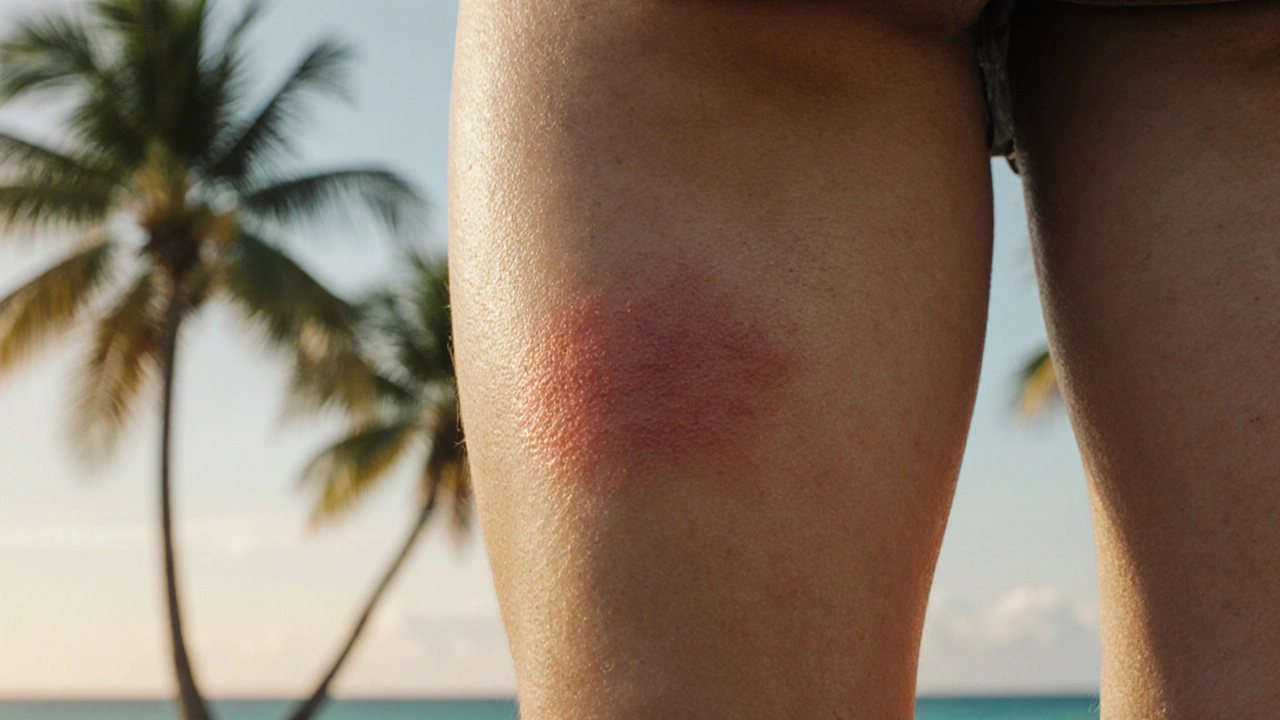Skin fungal infections are more common than you think. They usually start as itchy, red patches that can spread if you ignore them. Most of the time they’re caused by everyday fungi that love warm, damp spots on your body. The good news? You can recognize the signs early and clear them up with simple steps.
The biggest offenders are athlete’s foot, ringworm, jock itch and yeast infections. Athlete’s foot shows up on the toes or soles as a scaly, burning rash that often cracks. Ringworm creates round, ring‑shaped spots with a raised edge and clear center, and it can appear on the arms, legs, or scalp. Jock itch targets the groin area, leaving a red, itchy belt‑like line. Yeast infections usually affect warm folds like under the breasts or in the diaper area, causing redness and a moist feel. All of them itch, may peel, and can look slightly swollen.
Most mild infections clear up with over‑the‑counter antifungal creams, sprays or powders. Apply the product exactly as the label says—usually twice a day for at least two weeks, even if the rash looks better sooner. Keep the area clean and dry; fungi thrive in moisture, so towel‑dry carefully and wear breathable fabrics. If the rash spreads quickly, hurts, or returns after treatment, a prescription oral antifungal might be needed. Your doctor can pick the right medicine based on the infection’s location and severity.
Prevention is all about hygiene. Swap out sweaty socks and shoes daily, use foot powder, and avoid walking barefoot in public showers. For body folds, choose loose cotton clothing and change out of wet swimwear or workout gear promptly. Disinfect shared surfaces like shower floors or gym mats with a bleach solution to kill lingering spores.
When to see a doctor? If the rash covers a large area, shows signs of infection (pus, fever, increasing pain), or doesn’t improve after two weeks of OTC treatment, book an appointment. Persistent or recurring infections could signal an underlying condition like diabetes or a weakened immune system, and a professional can run tests and give targeted therapy.

Learn practical, science‑backed steps to stop skin yeast infections in hot, humid climates, covering hygiene, clothing, diet, home environment, and when to see a doctor.
read more